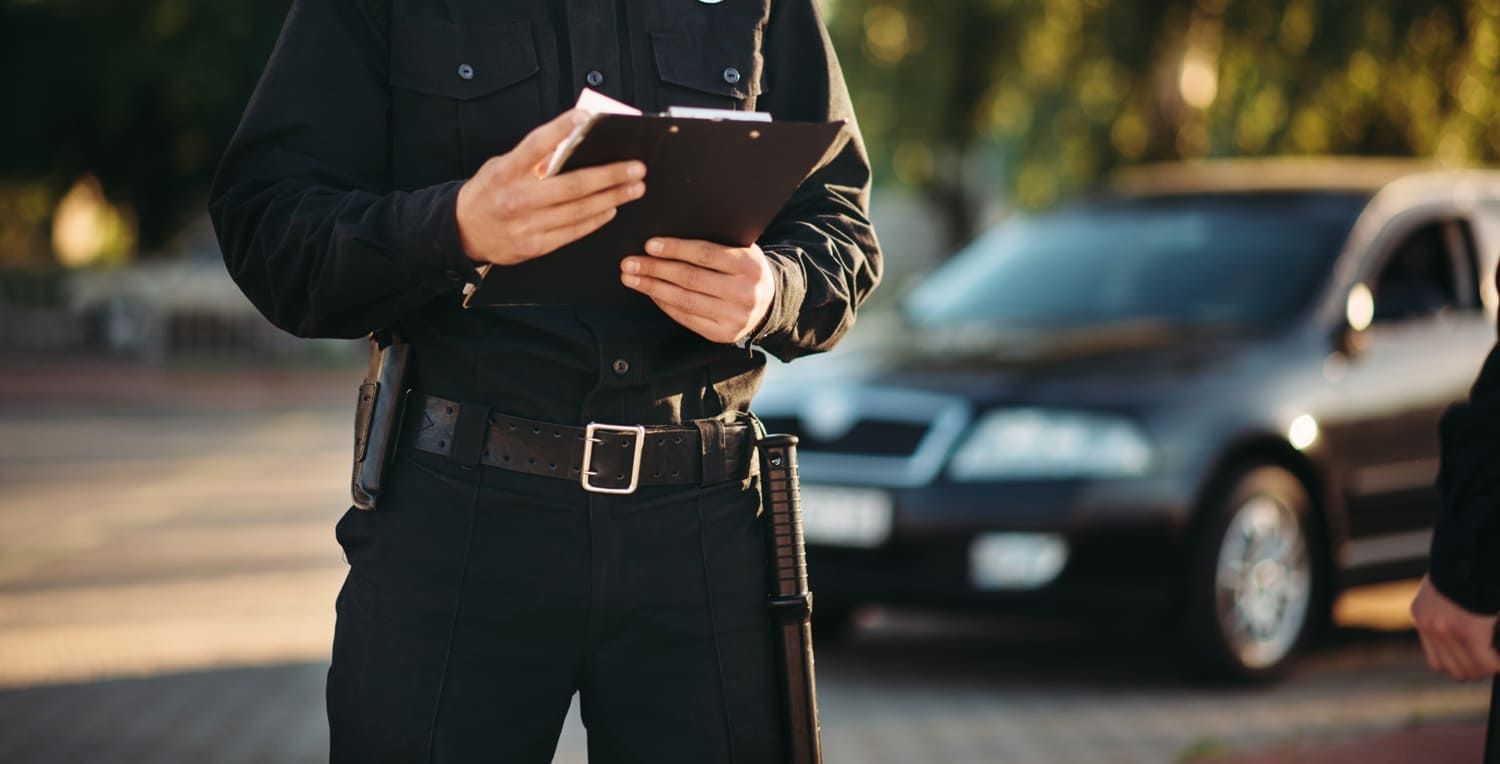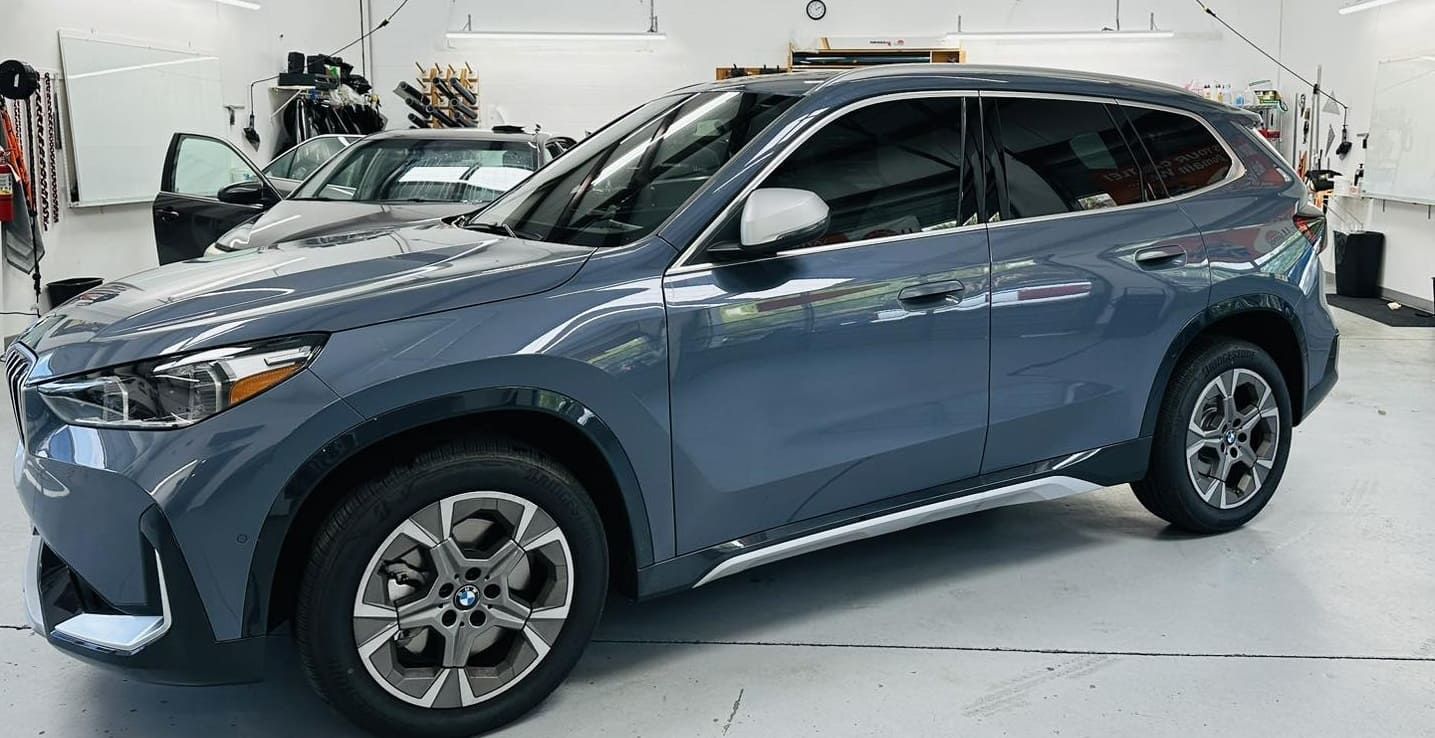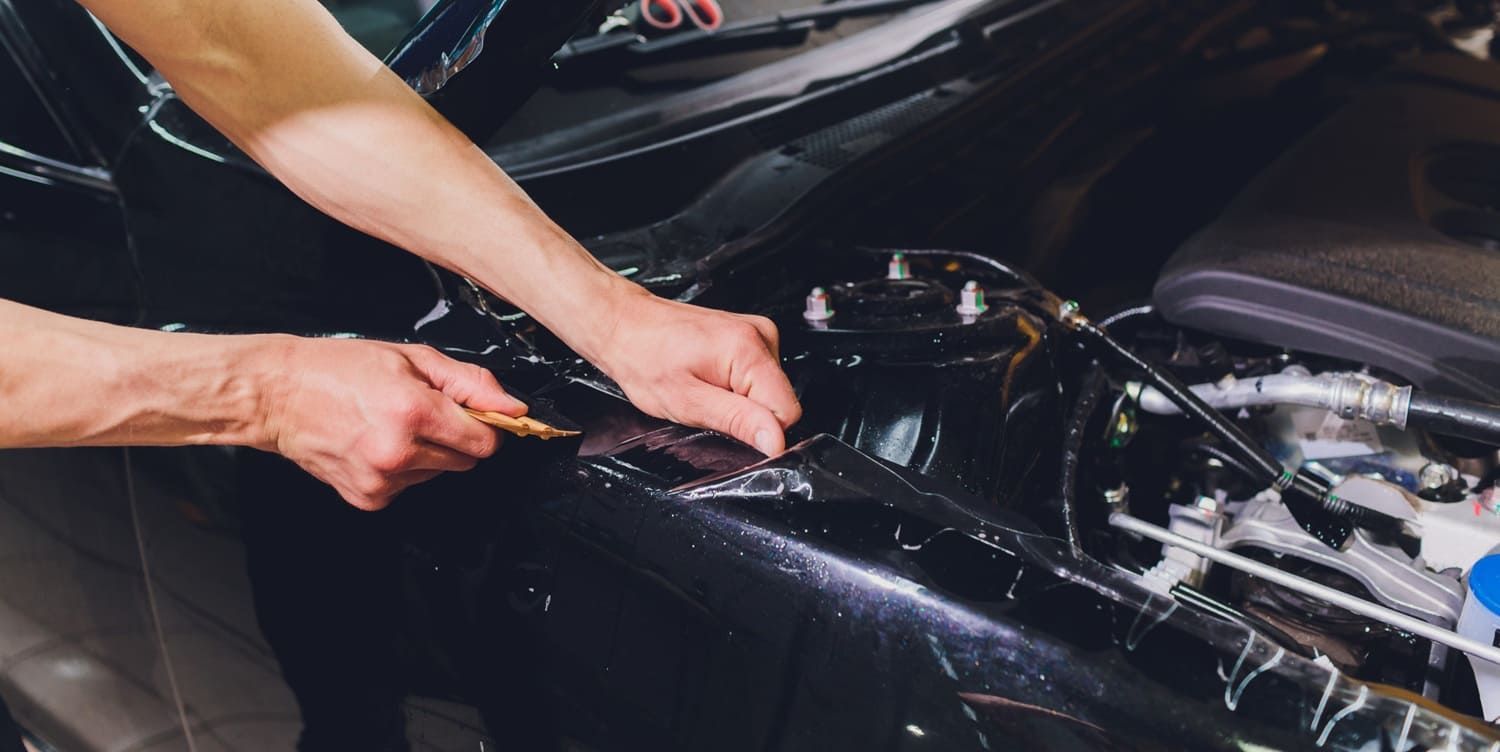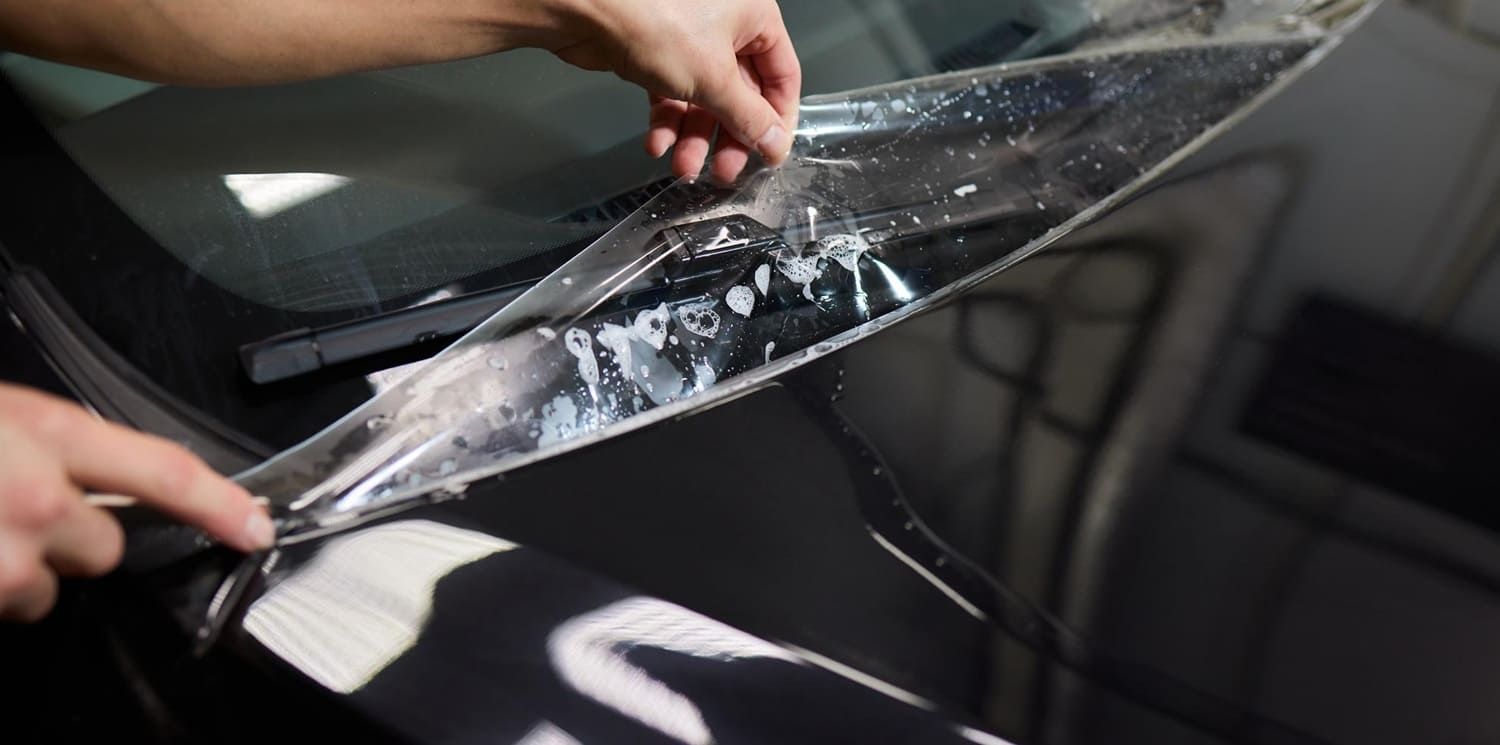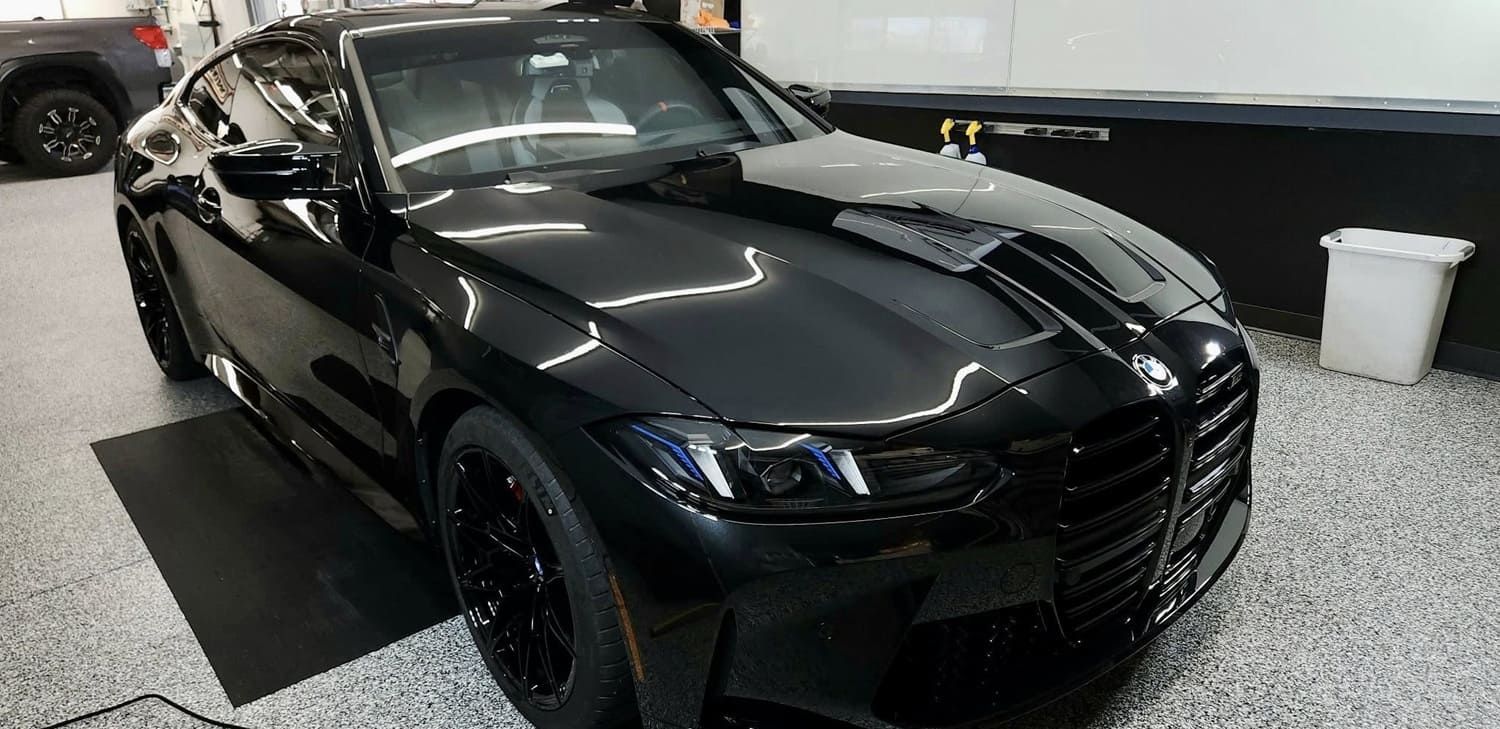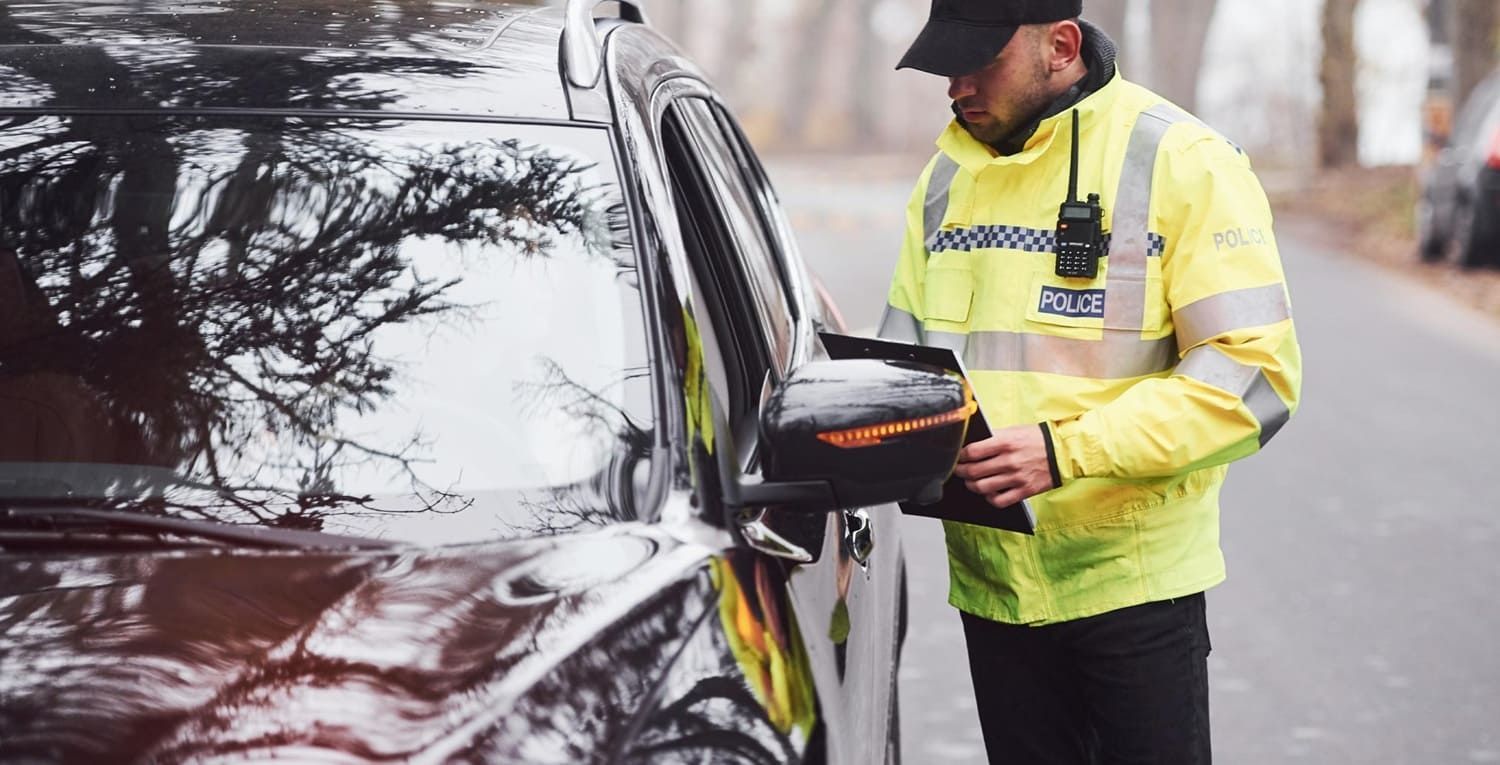Metallic vs. Ceramic: Which Auto Window Tinting Option Is Best for You?
So you're thinking about tinting your car windows, but you're stuck between metallic and ceramic options. It's a common dilemma. Both have their perks and drawbacks, and it's all about what you really need. Do you want something that looks cool, cuts down the heat, or maybe just something that lasts? This article is here to break down the differences and help you figure out the best choice for your ride.
Key Takeaways
- Metallic tints are great for reflecting heat and blocking UV rays, but they might mess with your GPS or cell signals.
- Ceramic tints don't interfere with signals and offer excellent heat and UV protection, but they can be pricier.
- When it comes to looks, metallic tints have a shiny finish, while ceramic tints offer a more subtle appearance.
- Durability-wise, ceramic tints usually last longer and resist fading better than metallic ones.
- Consider your budget and priorities, like aesthetics or tech compatibility, when choosing between the two.
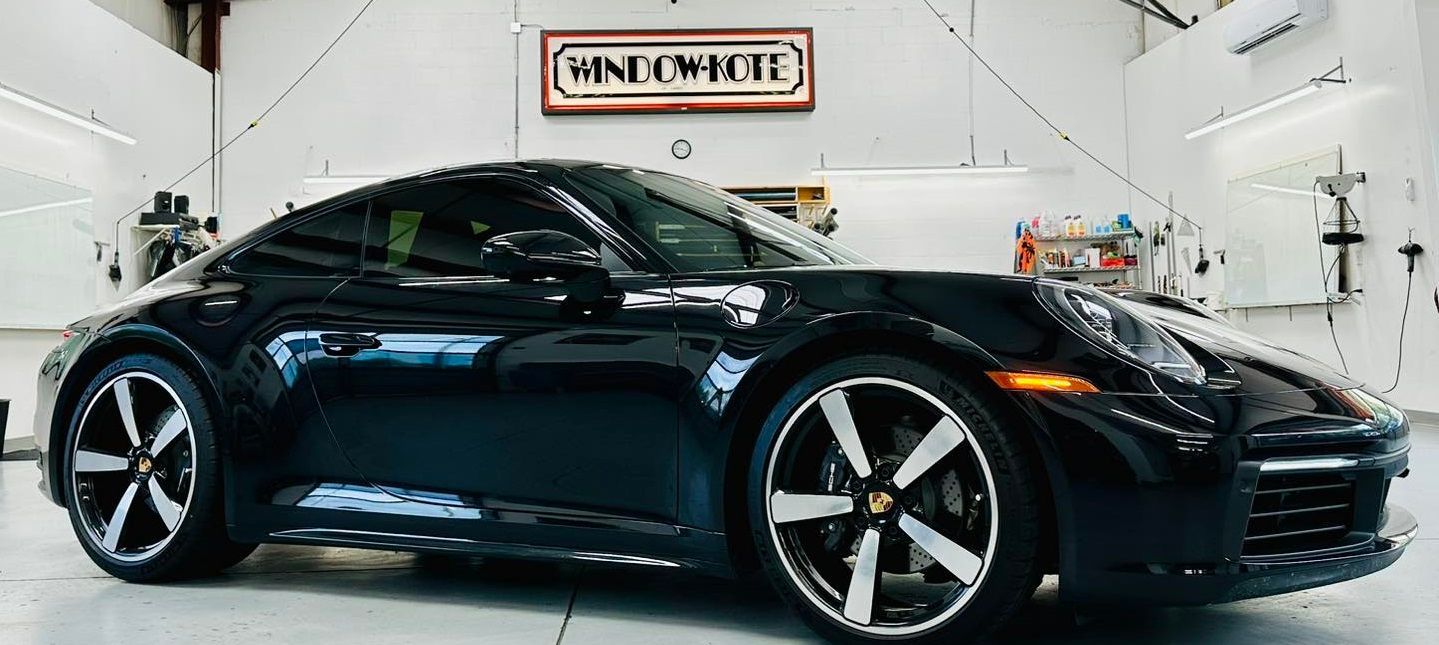
Understanding Car Window Tinting Options
Overview Of Window Tint Types
Car window tinting comes in several flavors, each with its own perks and pitfalls. Here's a quick rundown:
- Dyed Tints: These are your go-to for budget-friendly tinting. They use a layer of dye to darken windows, which helps with privacy and some heat reduction. But don't expect them to block UV rays as effectively as other types. Over time, they might fade, which is something to keep in mind.
- Metalized Tints: If you're looking for something a bit more robust, metalized tints might be your thing. They contain tiny metallic particles that reflect heat and UV rays. They're also more durable, but be cautious—they can interfere with your phone's signal.
- Carbon Tints: These are a step up from metalized tints. Carbon tints reduce heat and block UV rays without the signal interference. They have a matte finish that some folks really dig, but they can be a bit pricier.
- Ceramic Tints: Top-of-the-line and priced to match. Ceramic tints excel at blocking heat and UV rays, and they don't fade over time. They're also great if you're worried about signal interference, but your wallet will feel the pinch.
Benefits Of Car Window Tinting
Tinting your car windows isn't just about looking cool. There are real benefits:
- Heat Reduction: Tints can help keep your car cooler, especially during those scorching summer months.
- UV Protection: They block harmful UV rays, which is good news for your skin and your car's interior.
- Privacy and Security: Tinted windows make it harder for people to see inside your car, adding a layer of privacy and security.
Choosing The Right Tint For Your Vehicle
Picking the right tint for your car depends on a few things. Here's what to consider:
- Budget: If you're on a tight budget, dyed tints are the most affordable. For those willing to spend more, ceramic tints offer the best performance.
- Performance Needs: If you want maximum heat and UV protection, ceramic or carbon tints are worth the investment.
- Aesthetic Preferences: Some people love the shiny look of metalized tints, while others prefer the matte finish of carbon tints.
- Signal Interference: Avoid metalized tints if you rely heavily on GPS or cell signals, as they can cause interference.
Choosing the right window tint is about balancing cost, performance, and personal preference. Take the time to weigh these factors before making a decision.
Composition Of Metallic And Ceramic Tints
Materials Used In Metallic Tints
Metallic window tints are crafted using tiny metallic particles. These particles are embedded in the film, giving it a reflective quality. Here's a quick look at what makes up these tints:
- Aluminum: Often used for its reflective properties, helping to block heat and glare.
- Nickel-Chromium: Known for durability and resistance to corrosion.
- Copper: Sometimes included to enhance color and reflectivity.
These materials work together to create a tint that not only looks sleek but also offers significant heat rejection.
Ceramic Technology Explained
Ceramic tints, on the other hand, use advanced ceramic nanoparticles. These particles are non-metallic and non-conductive, making them unique. Here’s why they stand out:
- Non-Conductive: They don't interfere with electronic signals, unlike metallic tints.
- Heat Rejection: Ceramic particles excel at blocking infrared light, keeping interiors cooler.
- Clarity: Offers superior visibility with minimal glare.
The technology behind ceramic tints focuses on performance without compromising on aesthetics.
Comparative Analysis Of Composition
When comparing metallic and ceramic tints, several factors come into play:
| Feature | Metallic Tint | Ceramic Tint |
|---|---|---|
| Reflectivity | High | Low |
| Signal Interference | Possible | None |
| Heat Rejection | Good | Excellent |
| Durability | High | Very High |
While metallic tints are great for heat rejection and durability, they can interfere with signals. Ceramic tints, however, offer excellent heat rejection and clarity without signal issues, making them a top choice for modern vehicles.
Performance Comparison Of Tints
Heat Rejection Capabilities
When it comes to keeping your car cool, the type of tint you choose can make a big difference. Metallic tints are pretty good at reflecting sunlight, which helps in reducing the heat inside your car. However, ceramic tints take it a step further. They are known for their superior heat rejection properties, often reducing heat by up to 50%. This is because ceramic tints can block infrared light, which is responsible for most of the heat that builds up inside a vehicle.
- Metallic Tints: Reflect sunlight, moderate heat reduction.
- Ceramic Tints: Block infrared light, excellent heat reduction.
UV Protection Effectiveness
Protecting yourself and your car’s interior from harmful UV rays is crucial. Both metallic and ceramic tints offer UV protection, but ceramic tints are the leader here. They can block up to 99% of UV rays, which is not only good for your skin but also helps in preventing your car’s interior from fading and cracking.
- Metallic Tints: Good UV protection, but not the best.
- Ceramic Tints: Excellent UV protection, up to 99% blockage.
Durability And Longevity
Durability is another important factor to consider. Metallic tints are quite durable due to their metal particles, making them resistant to scratches and less likely to shatter. However, they might not last as long as ceramic tints, which are known for their longevity. Ceramic tints don’t fade over time and can last up to 20 years if maintained properly.
- Metallic Tints: Durable, scratch-resistant.
- Ceramic Tints: Long-lasting, fade-resistant, up to 20 years lifespan.
Choosing between metallic and ceramic tints often comes down to what you prioritize more: cost or performance. While metallic tints are generally more affordable, ceramic tints offer superior performance in terms of heat rejection and UV protection, along with unmatched durability.
Aesthetic Considerations In Tint Selection
Reflectivity And Appearance
When it comes to
choosing the right tint, how it looks on your car is a big deal. Metallic tints, for instance, have a shiny, reflective appearance that some people love because it gives the car a sleek, modern look. But not everyone is a fan of that mirror-like finish. It can be a bit much for those who prefer a more understated style. On the other hand, ceramic tints have a more subtle, matte finish that blends in well with the car's natural look. It doesn’t catch the eye in the same way metallic does, but it offers a clean, sophisticated appearance.
Color Options Available
Tints come in different colors, though the choices aren't endless. Metallic tints can sometimes have a slight blue or gray hue, depending on the brand. This can add a bit of character to your vehicle but might not match every car color. Ceramic tints tend to offer a more neutral color palette, sticking to grays and blacks that complement most vehicles. Here’s a quick rundown of what you might find:
- Metallic Tints: Often have a bluish or grayish tint.
- Ceramic Tints: Usually come in shades of gray and black.
- Dyed Tints: Available in a wide range of colors but may fade over time.
Impact On Vehicle Aesthetics
The tint you choose can change the whole vibe of your car. A shiny, metallic tint can make your car stand out, almost like it’s dressed up for a night out. But if you’re more about blending in, a ceramic tint might be your thing. It’s like the difference between wearing a flashy watch versus a simple, elegant one. Both have their place, but they send different messages.
The right tint not only protects your car but also reflects your style. Whether you go for the bold look of metallic or the subtle elegance of ceramic, your choice speaks volumes about your personal taste.
Cost Analysis Of Tinting Options
Initial Investment For Metallic Tints
When you're considering metallic tints for your vehicle, the initial cost is often the first thing to think about. Metallic tints are generally more affordable than ceramic tints, making them an attractive option for those on a budget. Here's a quick breakdown of what you might expect:
- Average Cost: Metallic tints usually range from $100 to $300 for a standard car.
- Installation: Professional installation can add $50 to $100 to the total cost.
- Durability: These tints are known for their scratch resistance, but they may fade or discolor over time.
Long-Term Value Of Ceramic Tints
Ceramic tints are like the premium choice in the world of window tinting. They come with a higher price tag, but many argue that the benefits outweigh the initial investment. Here's why:
- Average Cost: Expect to pay between $300 and $600 for ceramic tints.
- Energy Efficiency: They offer excellent heat rejection, which can reduce your reliance on air conditioning.
- Longevity: Ceramic tints are less likely to fade and can last up to 20 years, making them a cost-effective option in the long run.
Ceramic tints might be pricier upfront, but their durability and performance can save you money over time by protecting your vehicle's interior and enhancing comfort.
Budgeting For Car Window Tinting
Budgeting for window tinting involves considering both the initial cost and the potential savings on energy and maintenance. Here are some tips to help you plan:
- Assess Your Needs: Determine if you prioritize cost savings, performance, or longevity.
- Compare Options: Look at both the short-term and long-term costs of metallic versus ceramic tints.
- Consider Professional Installation: While DIY kits are available, professional installation can ensure a better fit and finish, potentially extending the life of your tint.
By weighing these factors, you can make an informed decision that aligns with your budget and your vehicle's needs.
Installation Process For Window Tints
Professional Installation Benefits
Opting for professional installation of car window tints brings several advantages. First, experts have the right tools and experience to ensure a perfect fit and finish. They are adept at handling the delicate film, reducing the risk of bubbles and creases that can occur with DIY attempts. Another plus is the warranty that often comes with professional services, covering potential issues like peeling or discoloration. Lastly, professionals can
guide you through the various types of tints, helping you choose the best one for your needs and local regulations.
DIY Tinting Considerations
If you're thinking about doing it yourself, there are a few things to keep in mind. Start by gathering all necessary tools, such as a squeegee, utility knife, and a heat gun. Preparation is key—clean your windows thoroughly to avoid trapping dirt under the film. Follow the instructions carefully, as precision is crucial for a good outcome. Remember, DIY tinting can be tricky, especially on curved windows, and mistakes can be costly if you need to redo the job or replace the film.
Maintenance After Installation
Once your window tints are installed, proper maintenance will help them last longer. Avoid rolling down the windows for at least a week to let the film set properly. Clean the tinted windows with a soft cloth and a mild cleaner to prevent scratches. Stay away from ammonia-based products as they can damage the tint. Regular checks for any signs of peeling or bubbling can catch issues early, keeping your tints looking sharp and effective for years to come.
Taking care of your car's window tints not only maintains their appearance but also ensures they continue to provide the benefits you installed them for, like UV protection and heat reduction. A little effort in maintenance can go a long way in preserving your investment.
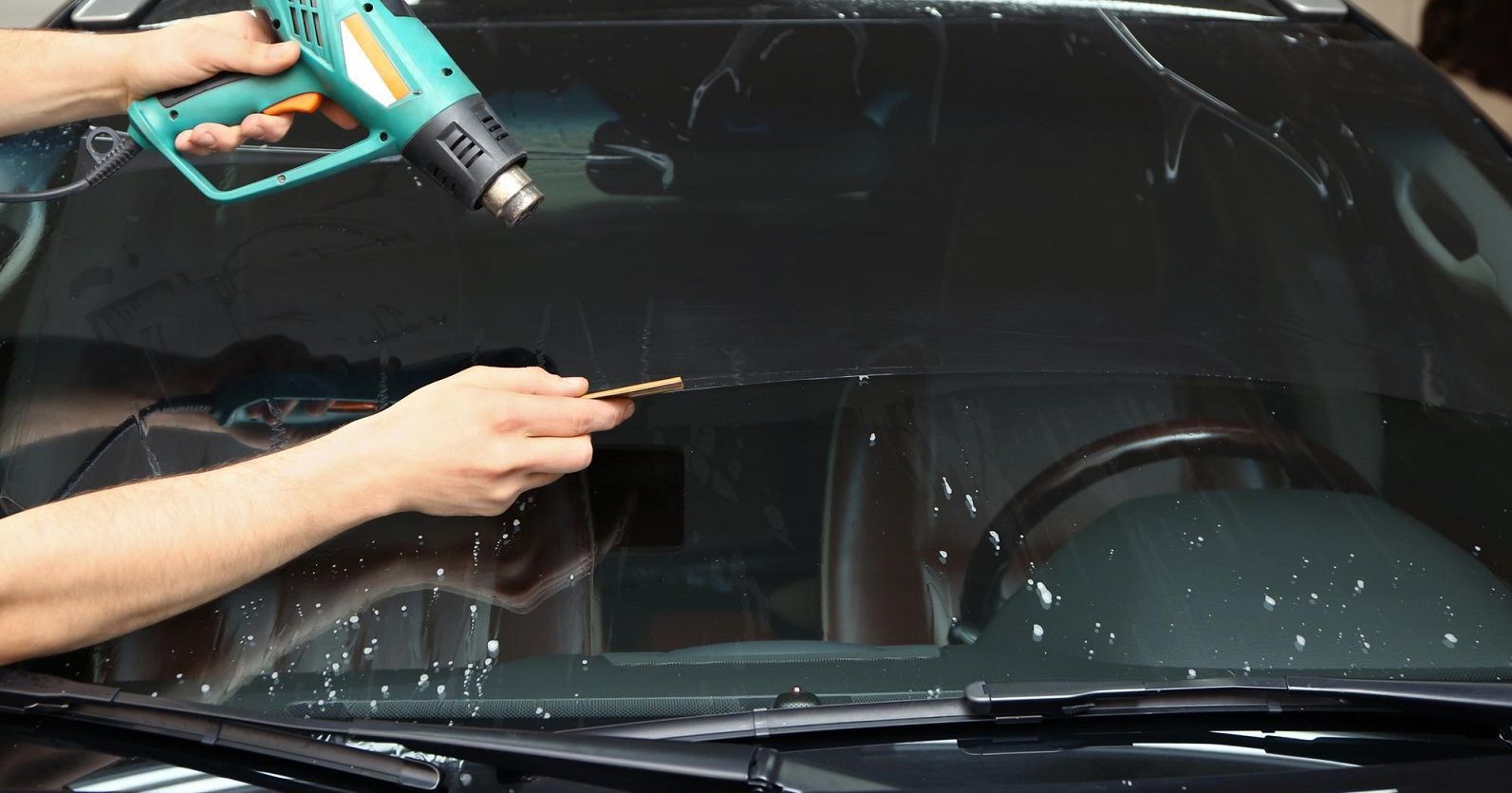
Signal Interference Issues With Tints
Impact On GPS And Cell Signals
When choosing window tints, it's crucial to consider how they might affect your car's electronics. Metallic tints are known for their ability to reflect heat and block UV rays, but the metal particles can interfere with signals. This means your GPS might lag or your cell phone reception could drop. On the other hand, ceramic tints don't have this issue. They allow signals to pass through without a hitch, making them ideal for tech-heavy vehicles.
Comparative Signal Performance
| Tint Type | GPS Signal Interference | Cell Signal Interference |
|---|---|---|
| Reflectivity | High | Low |
| Metallic | Moderate to High | Moderate to High |
| Ceramic | Low | Low |
Ceramic tints clearly outperform metallic ones in terms of signal clarity. If you rely heavily on in-car technology, ceramic might be the way to go.
Solutions To Signal Interference
If you're set on metallic tints for their other benefits, there are ways to minimize signal interference:
- Signal Boosters: Installing a signal booster can help enhance weak signals.
- Partial Tinting: Consider applying metallic tints only to certain windows to reduce interference.
- Antenna Relocation: Moving your car's antenna to a spot less affected by the tint can improve reception.
Choosing the right tint is about balancing aesthetics, performance, and practicality. While metallic tints offer durability and heat rejection, ceramic tints provide a more tech-friendly option without compromising on UV protection. Consider your priorities before making a decision.
Conclusion
So, when it comes down to choosing between metallic and ceramic window tints, it really boils down to what you value most in your ride. If you're all about that shiny, reflective look and don't mind a bit of signal interference, metallic tints might just be your jam. They're tough and do a great job at keeping your car cool.
At Window Kote of Largo in Largo, FL, we offer a wide range of window tinting options, including both metallic and ceramic tints, to suit your specific needs and budget. But if you're leaning towards something that won't mess with your gadgets and offers top-notch UV protection, ceramic tints are worth the extra bucks. They might cost more upfront, but they last longer and keep everything inside your car looking fresh.
Whatever you pick, both options will give your car that extra edge in style and comfort. Contact us today for a free estimate and let our expert team help you choose the perfect tint that fits your style and needs best.
Happy tinting!
Frequently Asked
Questions
What are the main differences between metallic and ceramic window tints?
Metallic tints have tiny metal particles that reflect heat and UV rays, but they might mess with signals like GPS and phones. Ceramic tints use special ceramic particles that block heat and UV without affecting signals.
Do ceramic tints last longer than metallic tints?
Yes, ceramic tints tend to last longer because they don't fade or change color over time, unlike metallic tints which might corrode or fade.
Which tint is better for heat rejection?
Both tints are good at keeping heat out, but ceramic tints are often better because they can block heat without making the windows too dark or shiny.
Will metallic tints interfere with my car's electronic devices?
Metallic tints can sometimes interfere with signals from devices like GPS and cell phones, while ceramic tints do not have this problem.
Are ceramic tints more expensive than metallic tints?
Yes, ceramic tints usually cost more because they offer better performance and last longer, but they can be worth the investment for their benefits.
Can I install window tints myself, or should I hire a professional?
You can try DIY installation, but hiring a professional is often better to ensure the tints are applied smoothly and last longer.



